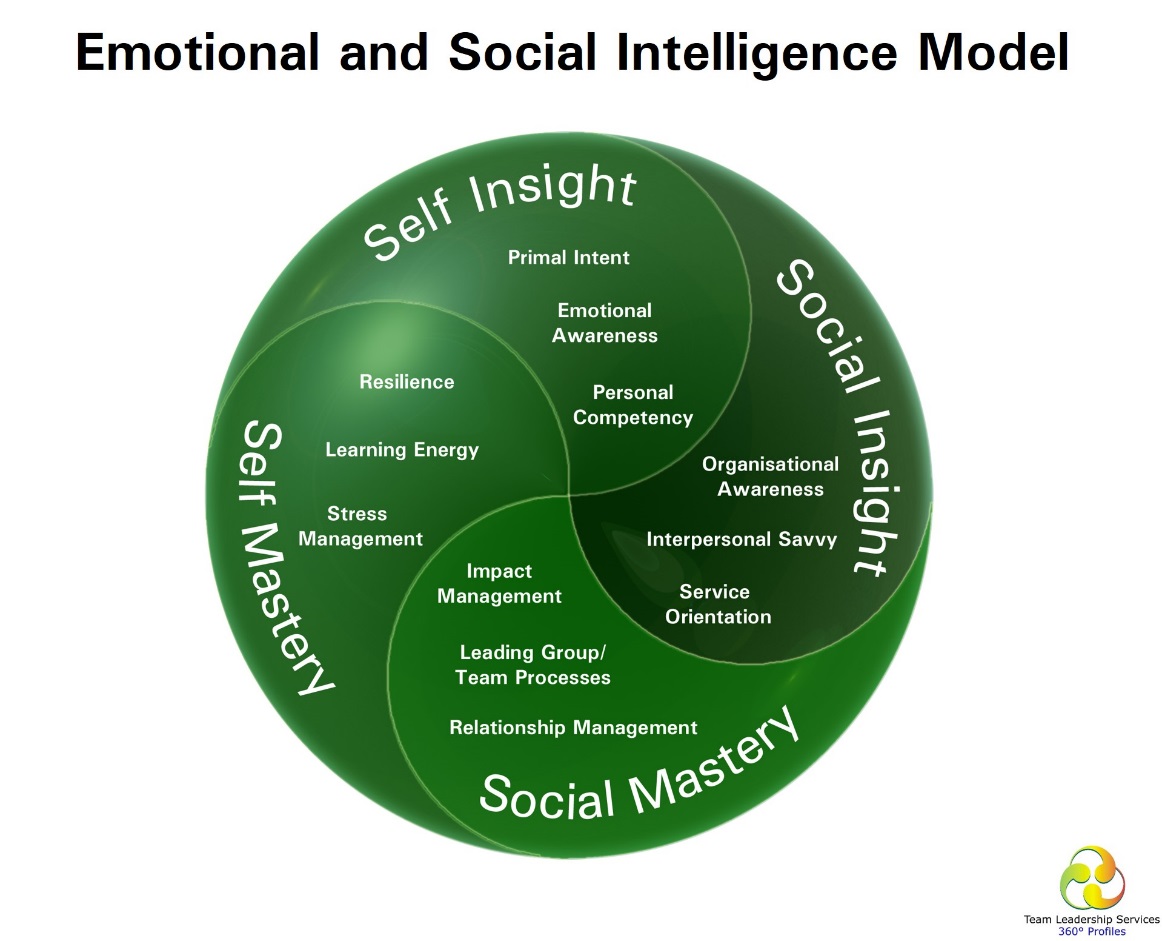Discovering your Emotional Intelligence

What influences a company’s financial performance? Sales, costs, price and demand are a few of the elements that create bottom-line success.
Yet, the mood and behaviour of a CEO also has a tangible influence on the balance sheet. But it’s more than just mood, it’s about emotional intelligence.
High levels of emotional intelligence create healthy workplaces with high-performing employees.
Yet on the converse, low levels of emotional intelligence from leaders create environments flooded with fear, anxiety and paralysis.
So if a leader’s mood is contagious, shouldn’t executives place a strong focus on emotional leadership?
It’s not about putting on a fake and cheerful face, it’s about being authentic and optimistic, as that will transfer to people within the organisation,
starting a chain reaction of success.
How can executives improve their emotional intelligence capabilities and become more effective leaders?
In 1989, Richard Boyatzis designed a five-step process that has transformed thousands of executives.
Its genius lies in its simplicity and achievable steps, from imagining your ideal self (while coming to terms with your real self),
creating a tactical plan to bridge this gap, and finally connecting with a community of colleagues to keep the process alive.
-
Step 1: Who do I want to be?
Emotional intelligence starts with self-awareness. Imagine yourself as an effective leader eight years from now when everything is going well.
Write down what you will be doing, where you will be living and who with, and how you feel about your life.
This picture represents what your life could look like if everything was going right.
You should be able to recognise the gaps between the impact you’re currently having on people in your life, and the ideal scenario.
-
Step 2: Who am I now?
This involves seeing yourself as a leader through the eyes of others. This can be a difficult step as you will probably hear things that hurt.
Yet, like ripping off a band aid, as a leader you need to seek the truth about yourself and process the pain quickly.
Get feedback from as many people as possible, from all levels of your organisation, especially people you manage and your peers.
Do remember that while it is crucial to identify your areas of weakness, understanding your strengths is equally as important,
as this will help you to take the right steps to bridge the gap between your current self and your ideal self.
-
Step 3: How do I get from here to there?
Once you know who you want to be and have compared this to how people actually see you, it’s time to spring into action. You can do this in a variety of ways:
- Find a mentor whose leadership style you respect.
- Commit to a daily action of reflecting on your behaviour and whether it aligns with your ideal self.
- Get access to tools that assist you to develop the ideal behaviours.
- Look for opportunities outside your job that focus on relationships with others. This could be coaching sports or volunteering at a charity.
The common factor here is that all of these activities help you to try out new behaviours and challenge you to see how well you understand others.
-
Step 4: How do I make changes stick?
It’s the old adage: practice makes perfect. To break neural habits you need to redo things over and over again.
It’s the same with leadership; you need to rehearse a new behaviour until it becomes second nature.
If this step evokes fear, remember that envisioning new behaviours can be equally as effective in breaking habits.
Imagining something in detail uses the same brain cells involved in actually doing that activity.
Especially for riskier leadership moves, visualising it first allows a more effective and seamless experience when the skills are put into practice.
-
Step 5: Who can help me?
If you’ve come this far, you deserve a bit of help from your friends.
That’s why the final step in the self-discovery and reinvention process is to create a community of supporters.
This could be similar leaders in different industries, your peers at work or other people managers.
In short, we can’t change and improve our leadership style without help from others,
especially as we need them to provide feedback along our journey and help keep us on track.
This may be a gruelling journey in parts, but remember the destination – it’s a worthwhile one.
By honing your emotional intelligence, not are you setting yourself up to be your ideal self,
but ultimately you’ll be a key influencer with the capability to make a real difference to the performance of your company.
If you’d like to enhance the leadership capabilities of your existing and future leaders, talk to us about our
Leadership Development Programmes
Summary of article originally published by Daniel Goleman, Richard E. Boyatzis and Annie McKee. Harvard Business Review, December 2001